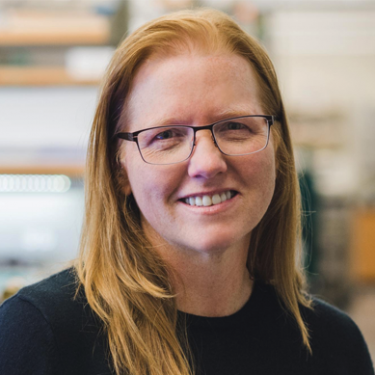Methods for culturing mammalian cells in a biologically relevant context are increasingly needed to study cell and tissue physiology, expand and differentiate progenitor cells, and to grow replacement tissues for regenerative medicine. Two-dimensional culture has been the paradigm for in vitro cell culture; however, evidence and intuition suggest that cells behave differently when they are isolated from the complex architecture of their native tissues and constrained to petri dishes or material surfaces with unnaturally high stiffness, polarity, and surface to volume ratio. As a result, biologists are often faced with the need for a more physiologically relevant 3D culture environment, and many researchers are realizing the advantages of hydrogels as a means of creating custom 3D microenvironments with highly controlled chemical, biological and physical cues. Further, the native ECM is far from static, so ECM mimics must also be dynamic to direct complex cellular behavior. In general, there is an un-met need for materials that allow user-defined control over the spatio-temporal presentation of important signals, such as integrin-binding ligands, growth factor release, and biomechanical signals. Developing such hydrogel mimics of the ECM for 3D cell culture is an archetypal engineering problem, requiring control of numerous properties on multiple time and length scales important for cellular functions. New materials systems have the potential to significantly improve our understanding of how cells receive information from their microenvironment and the role that these dynamic processes may play in controlling the stem cell niche to cancer metastasis. This talk will illustrate our recent efforts to advance hydrogel chemistries for 3D cell culture and dynamically control biochemical and biophysical properties through orthogonal, photochemical click reaction mechanisms.

Kristi S. Anseth earned her B.S. degree from Purdue University in 1992 and her Ph.D. degree from the University of Colorado in 1994. She then conducted post-doctoral research at MIT as an NIH fellow and subsequently joined the Department of Chemical and Biological Engineering at the University of Colorado at Boulder as an Assistant Professor in 1996. Dr. Anseth is presently a Howard Hughes Medical Institute Investigator and Distinguished Professor of Chemical and Biological Engineering. Her research interests lie at the interface between biology and engineering where she designs new biomaterials for applications in drug delivery and regenerative medicine. Dr. Anseth’s research group has published over 250 publications in peer-reviewed journals and presented over 200 invited lectures in the fields of biomaterials and tissue engineering. She was the first engineer to be named a Howard Hughes Medical Institute Investigator and received the Alan T. Waterman Award, the highest award of the National Science Foundation for demonstrated exceptional individual achievement in scientific or engineering research. In 2009, she was elected a member of the National Academy of Engineering and the Institute of Medicine. Dr. Anseth is also a dedicated teacher, who has received four University Awards related to her teaching, as well as the American Society for Engineering Education’s Curtis W. McGraw Award. Dr. Anseth is a Fellow of the American Association for the Advancement of Science and the American Institute for Medical and Biological Engineering. She serves on the editorial boards or as associate editor of Biomacromolecules, Journal of Biomedical Materials Research - Part A, Acta Biomaterialia, Progress in Materials Science, and Biotechnology & Bioengineering.


